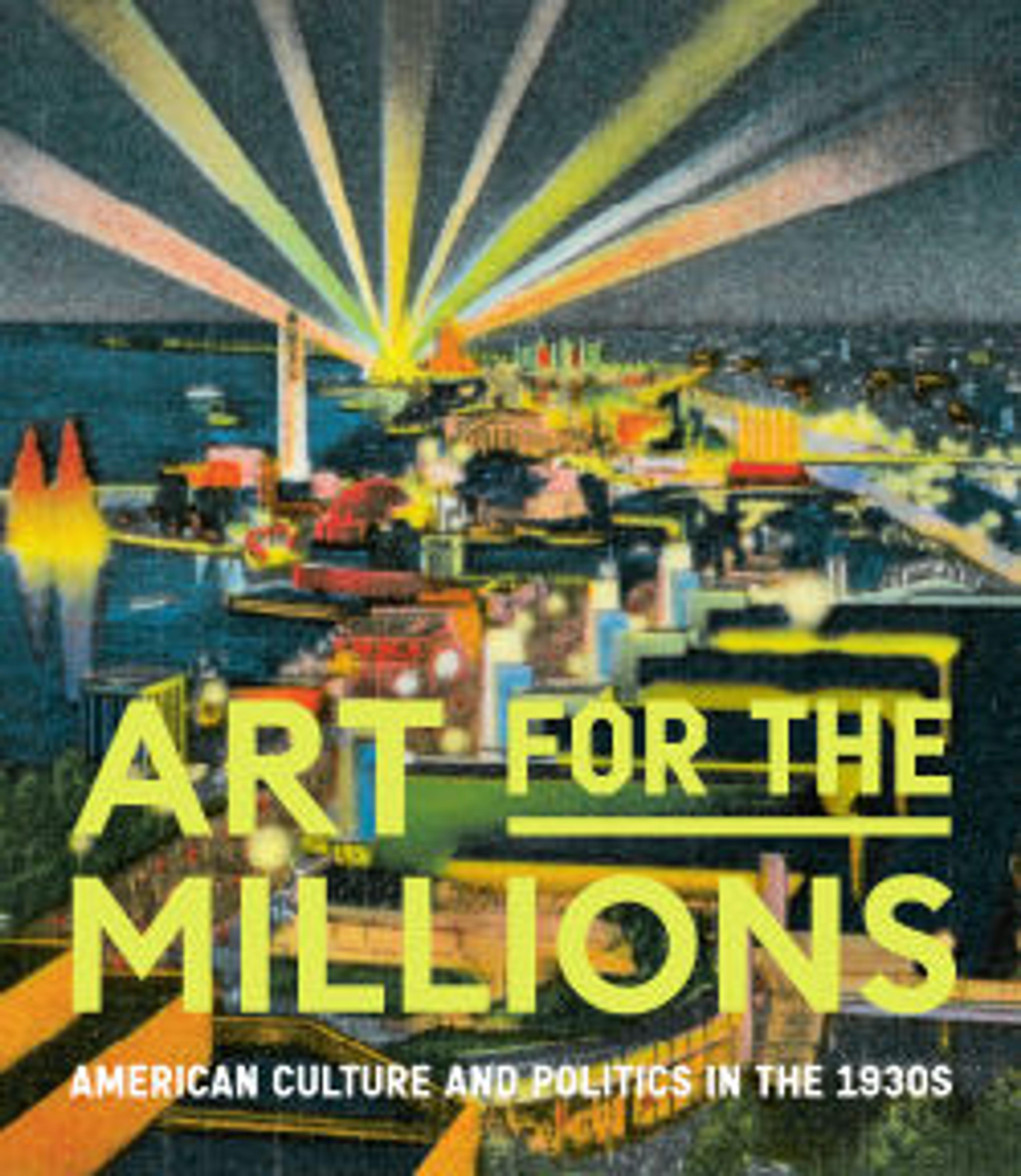Glory Be
Dox Thrash was a prolific and innovative printmaker during the 1930s and 40s, when he worked for the WPA's highly respected Fine Print Workshop of Philadelphia. There he developed a new intaglio process whereby the surface of a metal plate was roughened with Carborundum, a gritty abrasive normally used to prepare lithographic stones. The resulting surface held a maximum amount of ink and produced rich black areas when printed. Thrash's Glory Be is an excellent example of this technique and conveys its expressive qualities. Capturing the essence of religious zeal in this small print, Thrash portrays a group of worshippers silhouetted in the darkness against an ethereal light.
Artwork Details
- Title: Glory Be
- Artist: Dox Thrash (American, Griffin, Georgia 1893–1965 Philadelphia, Pennsylvania)
- Date: ca. 1938–42
- Medium: Carborundum mezzotint, aquatint, and etching
- Dimensions: 9 × 11 5/16 in. (22.8 × 28.8 cm)
- Classification: Prints
- Credit Line: Gift of Reba and Dave Williams, 1999
- Object Number: 1999.529.162
- Curatorial Department: Modern and Contemporary Art
More Artwork
Research Resources
The Met provides unparalleled resources for research and welcomes an international community of students and scholars. The Met's Open Access API is where creators and researchers can connect to the The Met collection. Open Access data and public domain images are available for unrestricted commercial and noncommercial use without permission or fee.
To request images under copyright and other restrictions, please use this Image Request form.
Feedback
We continue to research and examine historical and cultural context for objects in The Met collection. If you have comments or questions about this object record, please contact us using the form below. The Museum looks forward to receiving your comments.
